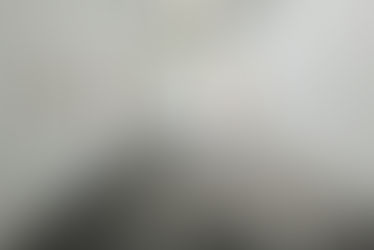Michael-Craig Martin: Transience
- The Courtauldian
- Feb 24, 2016
- 2 min read
A sensationalist riot of colour, Michael-Craig Martin's inaugural solo exhibition at The Serpentine Gallery, Transience, is a profusion for the senses. The show gives an informed and critical insight into the artist's perspective on the age of technology.
Born in 1941 in Dublin, Martin is an influential conceptual and minimalist artist known for his focus on the banal objects of everyday society. Through his subjects, he dictates an unstable relationship between form and function. Transience is both a reflection and reconsideration of his early oeuvre; compiling works from 1981 with those addressing our contemporary environment, highlighting the rapidity at which we as viewers and consumers are experiencing the changing aesthetic of the digital era. Consisting of IPhones, credit cards, torches and bathroom scales - to name but a few - It is these objects that proliferate the walls of the exhibition, outlined using thin but pronounced black lines and rendered with an arresting range of magenta's, turquoises and limes.
With a focus intentionally placed on the visual experience between object and viewer, Transience unsurprisingly limits text. The introductory wall vinyl, for example, is presented before entering the exhibition, and so beyond the double doors, the viewer immerses in a concentrated experience of the aesthetics. Each work beyond is prominently highlighted by cascades of natural light that pour down from skylights and through the flanking French windows; a curatorial dream.
Despite its precision of geometric form, the exhibition nonetheless destabilises the relationship between object aesthetic and object meaning or function. Martin himself draws attention to the intentional juxtapositions of his work, stating 'I have a passion for clarity but I am drawn to contradiction and complexity'. This is highlighted in the arguably egotistical display of consumer products that stretch the rationalisation of form. The packet of chips, for example is immediately recognisable through its ubiquitous form despite the evident two-dimensionality, unnatural size and nauseating green appearance. Similarly, the wallpaper that covers the walls of the introductory room and the light bulb placed amongst Kensington gardens - two works that were produced especially for the Serpentine exhibition - are reduced to mere lines, void of colour and function, thus strengthening the paradoxical bridge between the functional and the conceptual; a prominent theme of Martin's work.
Overall, the exhibition as a whole was a mesmeric experience; with an undefined mode of viewing, the eye is guided by its senses, unconsciously transitioning between the analogue and the digital with little sense of time or hierarchy.
This article was written for the December/January edition for the paper. It features content appropriate to the intended date of publication, and hence it might not be possible to visit or see the events/objects mentioned anymore. We apologise for the delay in the publication of the article.












Comments